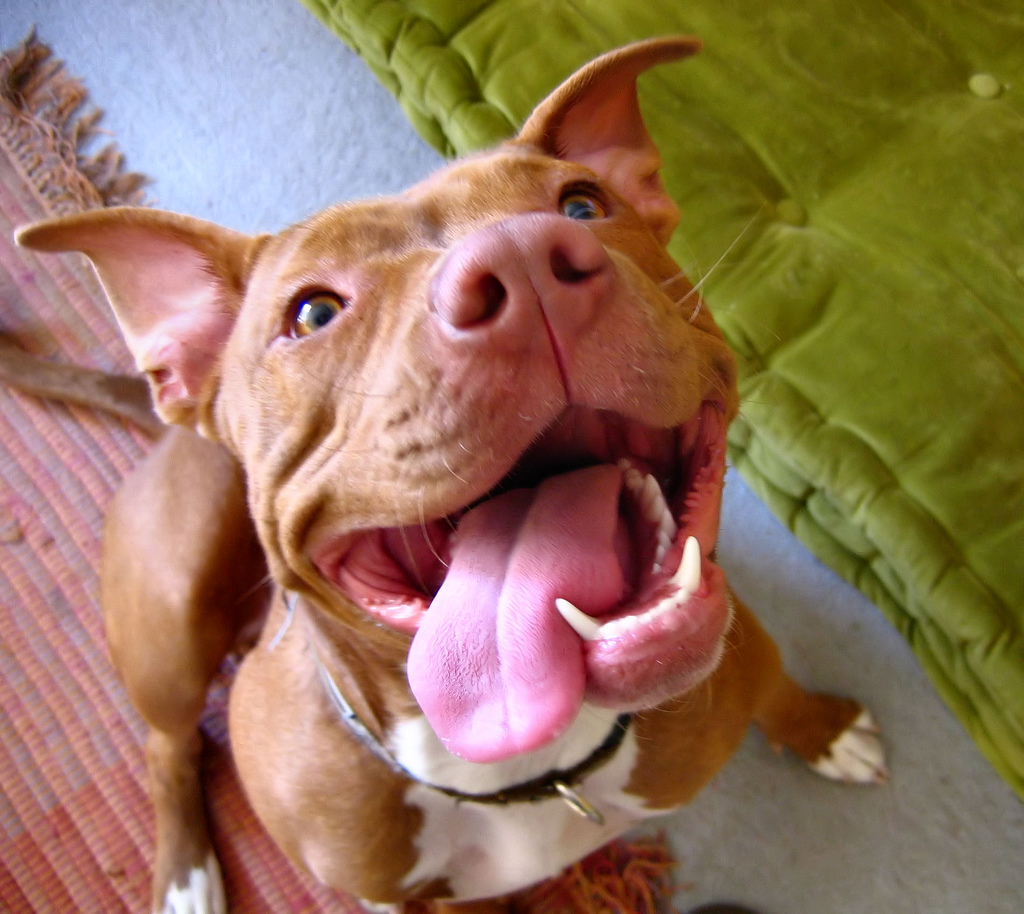 Driving in ideal conditions can be harrowing enough if you suffer from a driving phobia, and the anxiety can get even worse when you throw in winter’s ice and snow. You can chip away at some of the anxiety and overcome the fear with several safe winter driving tips that can make your trip a bit calmer and a lot safer.
Driving in ideal conditions can be harrowing enough if you suffer from a driving phobia, and the anxiety can get even worse when you throw in winter’s ice and snow. You can chip away at some of the anxiety and overcome the fear with several safe winter driving tips that can make your trip a bit calmer and a lot safer.
To make some of the rules of winter roads as easy and fun to remember as possible, we’ve compiled a collection of safe driving tips that have catchy little names.
Use the 12-second rule. It’s always a good idea to scan ahead of your vehicle, but winter’s slick roads and poor driving conditions make it more important than ever. The 12-second rule dictates you look the length of road it takes your car 12 seconds to travel. You can test the distance by picking a fixed object and then counting how long it takes you to get there. If you hit 12 seconds, you got the scan-ahead length down right.
Go with the three A’s. Just like quashing a fire on your clothing consists of “stop, drop and roll,” driving on winter roads has the “three A’s” to guide your actions. They are:
- Accelerate slowly
- Allow extra time to stop
- Almost come to a complete stop before you try to move to the side
Keep the three P’s in mind. Here comes another trio of letters, this one highlighting the letter P. The three P’s of safe winter driving are:
- Prepare
- Protect
- Prevent
Prepare for the trip. Do this by making sure all your car’s equipment is in good working order, from the tire treads to the battery life. Check fluid levels and your gas gauge! Keep jumper cables, a flashlight and kitty litter or other abrasive stuff in the trunk, the latter in case you get stuck on a slick spot and need traction under your tires. Planning out your route to know exactly where you’re going is another must, as is giving yourself plenty of time to get there. Many crashes happen when people are rushed, even in the balmiest of weather.
Practicing your cold weather driving is another way to prepare with these quick practice tips from OSHA:
Practice Cold Weather Driving!
- During the daylight, rehearse maneuvers slowly on ice or snow in an empty lot.
- Steer into a skid.
- Know what your brakes will do: stomp on antilock brakes, pump on non-antilock brakes.
- Stopping distances are longer on water-covered ice and ice (which you know from the three A’s!).
- Don’t idle for a long time with the windows up or in an enclosed space.
Protect yourself. The second P focuses on wearing your seatbelts, making sure kids are snugly in any necessary car seats and making sure pets are comfy and, if needed, confined. Kids and pets are safest in the backseat.
Prevent crashes. Prevention consists of not drinking and driving, not driving when you’re overly stressed, emotional or fatigued, and remembering to breathe deeply and evenly to calm yourself. It also involves using the three A’s and the 12-second rule for increased safety on the winter roads.
SOURCES:







